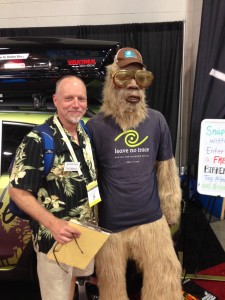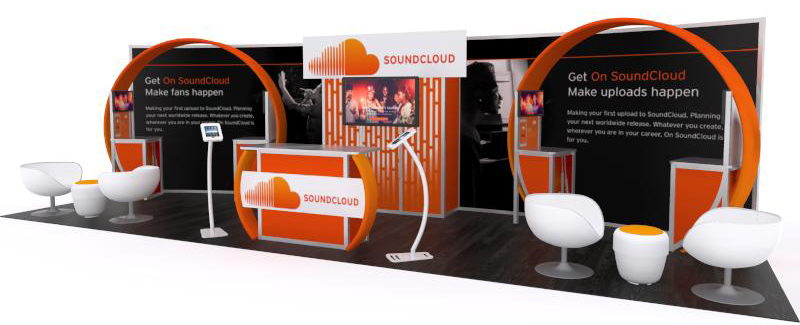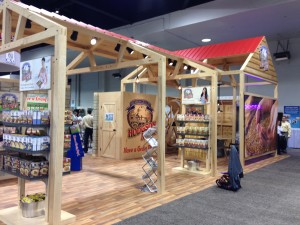Create a Memorable Trade Show Experience
This is a guest post by Madison Resare:
Whether you are new to the trade show biz or you have been around the proverbial trade show block a few times; new ideas for capturing and keeping the attention of passersby are always welcome and sought after. So whether you have heard it all, seen it all, or it is all brand new; you can always learn something new and if you truly have the entrepreneur spirit you will always be on the lookout for new and catchy hook ideas.
So, what’s the new, fun, exciting idea? Simple – create an experience. I don’t mean create something that your audience can look at or takeaway. I mean create an actual experience, something they can see, touch, taste, smell, hear, and takeaway. That is the simple answer, here are some ways you can carry that answer out into realty:
Create an Emotional Connection
According to Maya Angelou, American author and poet, “I’ve learned that people will forget what you said, people will forget what you did, but people will never forget how you made them feel.” What does this mean for trade show marketers? Seth Braverman, marketing manager at Xylem Design, said, “The experience for the trade show attendee must be understood chiefly as an emotional experience. The aesthetics and ethos of a brand and a booth all play into this. What the attendee really takes home with them isn’t the knickknacks or the schwag. It’s the emotional connection they make with a brand and a product.”
Help trade show attendees make emotional connections with some of the following ideas:
- Hand/Scalp/Back Massages
A company that sells lotions, oils, and other personal care items can create an emotional – and physical – connection with trade show attendees by offering free 3-5 minute hand/scalp/back massages. Getting attendees to sit for a few minutes gives you the perfect opportunity to talk about the products you are using and why they are so amazing.
- Tell a Story
Most people are affected and remember things more clearly when a moment is associated with an emotion. Tell a personal story, talk about how your business got started, and discuss how you moved up in the world. Whatever story you tell, make sure it invokes some kind of emotion for your listeners.
- Create an Atmosphere
What kind of atmosphere does your business exude? Enhance the experience for trade show attendees by adding things like smells, sounds, and sights that match the overall feeling of your business. – Have a more relaxed business? Use candles, soft music, and calming scents like lavender. – have a more upbeat and modern business? Use sleek and clean displays and include new technology in your booth.

Utilize Media
You should be prepared – before the trade show – by signing up for social media platforms and putting together a marketing plan. You can utilize trade show attendees by inviting them to your booth and offering special giveaways and incentives through social networks. This is a great way for you to get more followers, make connections, and add value to a potential customer. Here are some other ways you can utilize media in your trade show exhibit:
- Video
Does your company have a ‘welcome to our business’ video? Get a laptop or a T.V. to play this video in your exhibit. Sometimes people prefer to watch the videos and ask questions after it is over instead of walking up and talking to a complete stranger.
- QR Codes
Use QR codes in the business cards or flyers that you hand out at the trade show and make sure they lead to something of value to a potential customer.
- Music
Make your exhibit more atmospheric by using background music.
Display Your Products
So how do you create a more interactive experience at a trade show? Braverman answered, “Display your actual products/services as much as possible. People are there in-person to meet the brand and the product in-person. Allowing as fluid an introduction to your product as possible is paramount. For the small role we, as display designers and makers, play in the trade show booth, the focus is on creating a display that gets out of the way of the products. The goal is to quietly communicate the excellence of the product, and this is achieved through proper design, lighting, and high quality construction.” In other words, when a trade show attendee stands in front of your booth and is unable to tell what your products are, or what your company does – you have failed.
Snacks, Drinks, and Contests
You can’t create a true trade show experience without providing something the client can participate in or walk away with. Include things like snacks, drinks, flyers, and contests in order to draw in attendees and to keep them happy.
Madison Resare is a content creator at Xylem Design (xylemdesign.com) who enjoys writing about trade shows, marketing, and social media.



